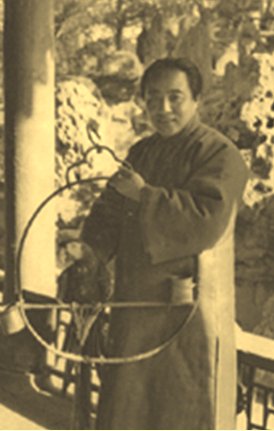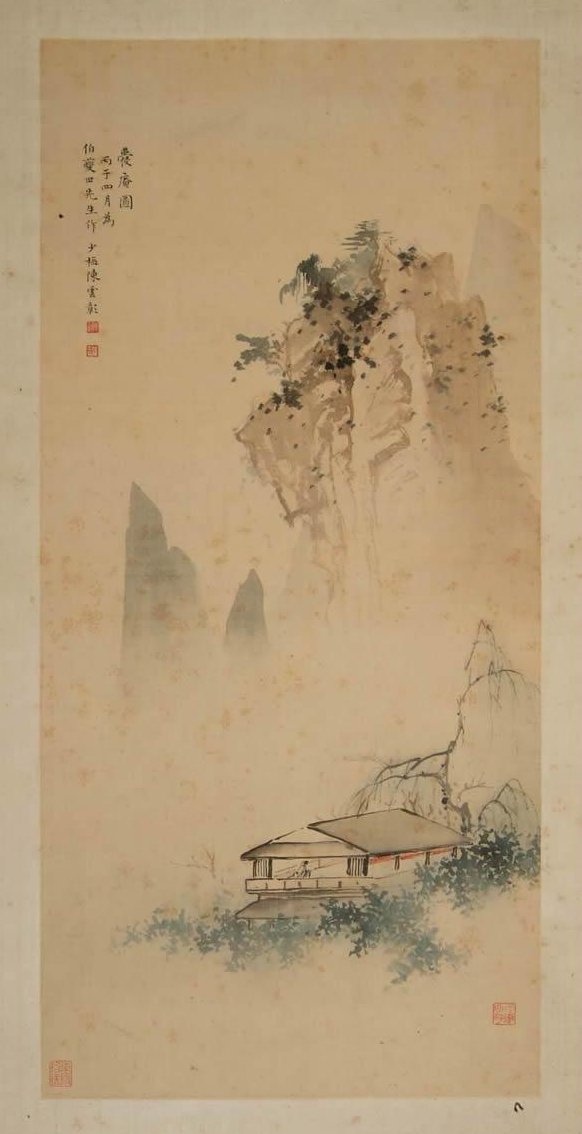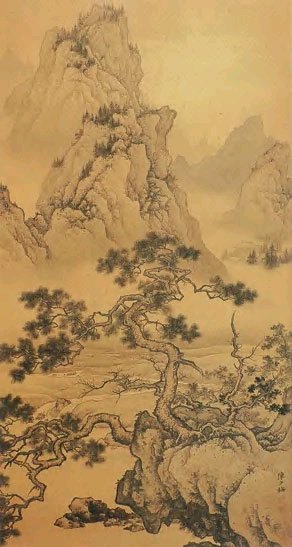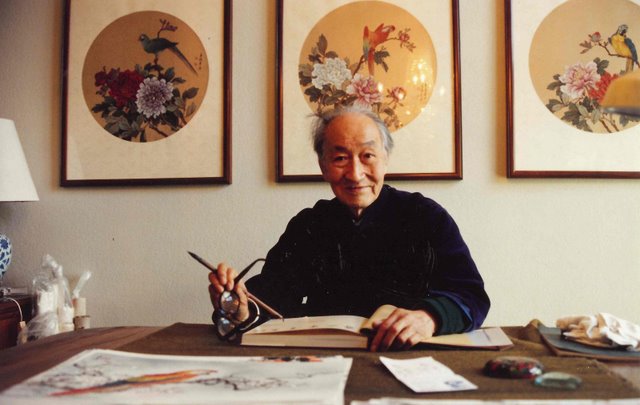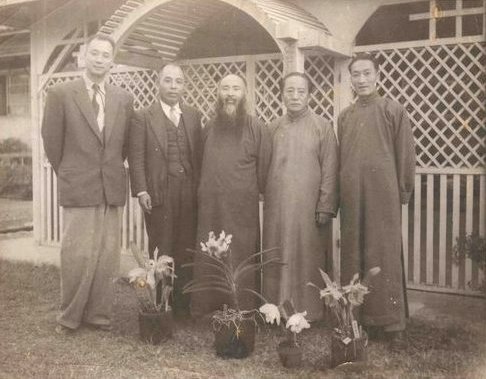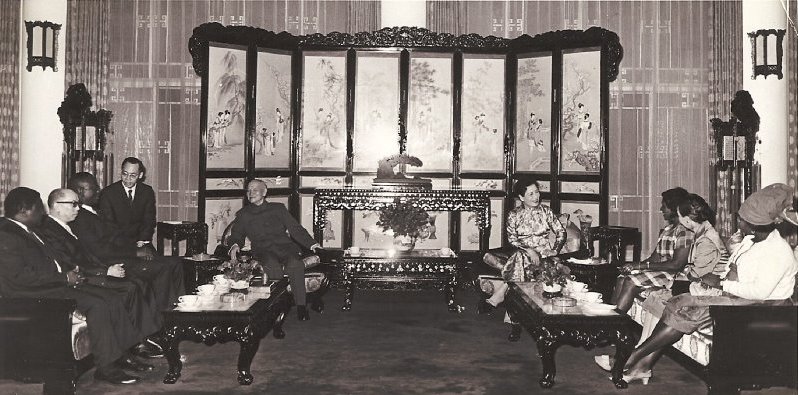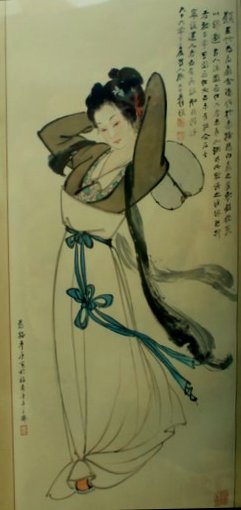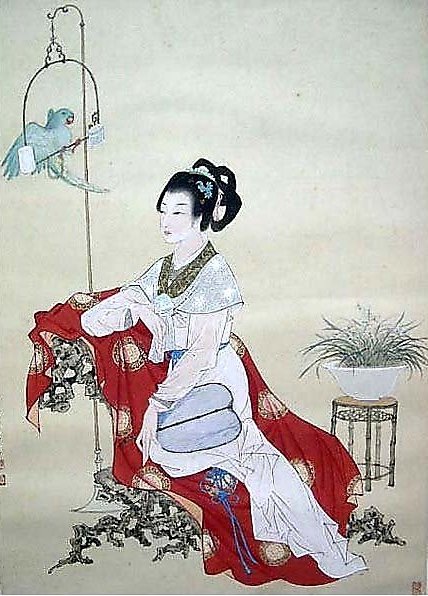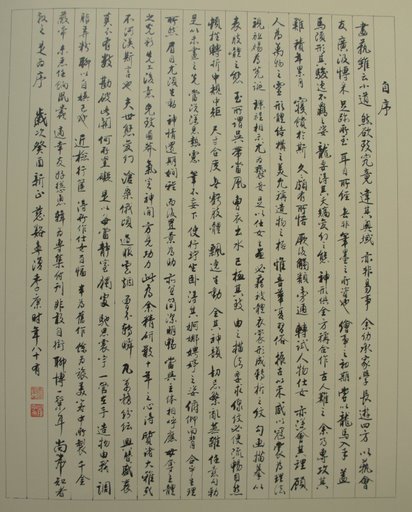|
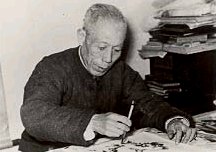
Wu
Jing-Ting started learning paintings of Wang Shi-Gu ( 王石谷,
Wang Hui ) and then received instructions from Jing Bei-Lo ( 金北樓
).
After age 30, he emulated many copies of famous paintings of the Sung
and Yuan Dynasties and established a solid foundation of traditional
Chinese painting and became a renowned landscapist. His brushstrokes are
agile, spirited, elegant and delicate and conform to the traditional
school which was handed down by Jing Bei-Lo.
When
studying Wang Shi-Gu's works, Wu Jing-Ting learned a variety of
traditional skills. When he was emulating the paintings of the Sung,
Yuan, and Ming Dynasties, he often went to the museums many times and
tried to memorize the pictures and then started painting at home. (At
that time, it was not allowed to stay in the museums to emulate the
original masterpieces.) The memorized
emulation ( 背臨
) had helped him to understand and feel the spirits of the ancient
masters and train his visual memory which later enriched his artistic
approaches. He also traveled to the mountains to recreate new styles
based on the
traditional skills; he encountered issues such as using the traditional
brushstrokes to represent the landscapes as seen in modern China. He
figured out that it takes a long process of thoughts, digestions, and
reflections to conceptualize the unique images of the mountains.
His
students included the famous Chi Gong ( 啟功
), Wang Jin-Jiang ( 王金江
), and etc. Wang published a series of excellent videos about
learning Chinese Brush Painting (http://v.367art.com/play.aspx?vid=1346).
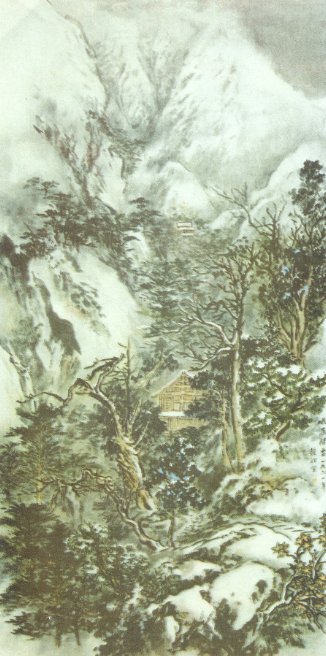
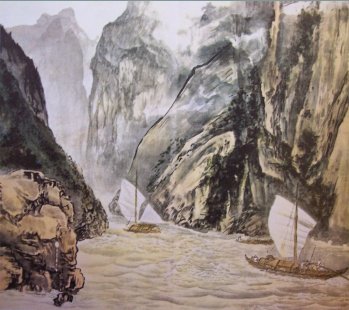
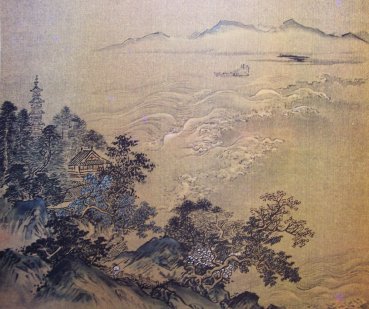

Landscape
and willows by Wang Jin-Jiang ( 王金江
)
|
